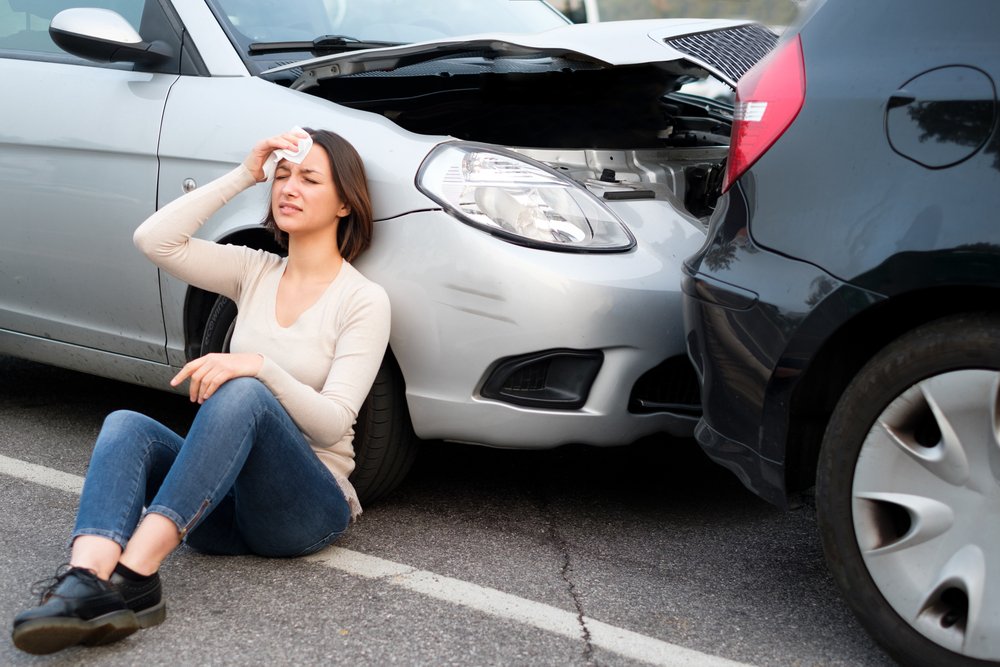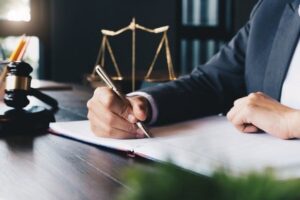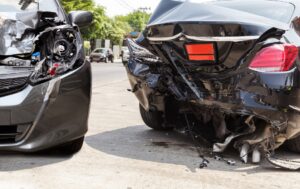Proving Fault for a Vehicle Accident

After the people involved with a vehicle accident have ensured that everybody else is okay, the next matter that usually occurs will be a lot of finger-pointing. Understandably so, since coming to fault for a major accident can affect from the price tag on your insurance premium to “points” on your record. With this section, we’ll discuss common issues of fault as it pertains to automobile accidents, from fairly clear-cut cases (like rear-end accidents) to crash scenarios where several driver is at fault.
You should have less to prove than the other guy if these situations apply
proving fault for an auto accident?
Wouldn’t it be great if you didn’t have to prove fault when dealing with a vehicle accident?
There will be some extent of fault so that you can prove. Luckily, however – when there is to be some luck in these unhappy scenarios – there are a few situations where proving fault is removed from the hands almost entirely.
There will be some point of contention made to mitigate circumstances, like sunlight being in the driver’s eyes or some type of medical spasm that has since disappeared because he’s made a miraculous recovery.
However, if one of the next circumstances plays out on your side, you should have significantly less to prove than the defendant will.
Obvious traffic law violations
Assigning fault in an automobile wreck is clear-cut when one party has evidently broken traffic laws.
Violations range from speeding, failure to yield, owning a stop sign and lots of other specific issues. Since state and local laws vary, deciding whether violations apply in your position may necessitate some research online or at your neighborhood DMV.
When you are with questions, consider contacting a professional car crash attorney.
In the event that you consider flying solo, research the exact automobile statute involved and use the verbiage when talking with the claims adjustor at the insurance provider. Not only do you want to sound confident and knowledgeable, but you’ll also be studied more seriously.
Many smaller traffic violations are things that may be handled over the telephone, and claims adjustors want to really know what happened as concisely and quickly as you can.
Really the only caveat here? Don’t cite the incorrect statute. Nothing enables you to look sillier than discussing an totally different vehicle law and sounding self-assured when you do so.
Automobile accidents involving rear-end collisions and left turns
Proving fault is often simple and straightforward in cases of “without doubt” liability, including rear-end collisions and left-turn impacts.
These can be potentially deadly crashes for the plaintiff, leading to serious vehicle and bodily damage. Because they have got little ability to flee from the collision, liability is heaped almost totally after the defendant.
In rear-end collisions, regulations supports the driver in the front.
This applies even if the defendant is driving incredibly near his bumper, as you’ll when annoyed by a slow driver in traffic. The theory is that the trunk driver ought to know to fall back and leave a few car lengths among him and leading driver.
It’s not the front’s driver’s fault if the trunk driver decides to close the gap and tempt fate.
This even applies if leading driver is stopped in traffic and the gap is miniscule. The driver in the front may, however, face challenges with this kind of collision if he has been negligent by failing woefully to maintain brake lights and other systems.
Whenever a car going straight is struck by an automobile making a left turn, it’s assumed that the turning driver entered the intersection without sufficient space and time to help make the turn.
These auto accidents are identifiable by the precise damage caused to both cars. The turning driver will have damage on leading of his car, as the other automobile’s damage can look on the front-right side.
Much like rear-end collisions, the straight-traveling driver may still hold some liability in a left-turn accident if he’s found to possess operate a red light or exceeded the speed limit. If you’re unsure of your degree of fault, a car accident legal professional can help you realize your potential liability and help you protect yourself.
Fault supported by police reports
Before pursuing any legal action carrying out a car wreck, make certain to secure a copy of the authorities report. This can not only let you know if the responding officer cited the other driver for just about any violations, but it will sometimes are the officer’s own applying for grants the cause. In case the other driver was at fact responsible, the authorities report will probably be your most effective tool in proving that liability and protecting your own interests.
Certainly, this doesn’t mean an officer will usually arrive to the scene of a major accident.
If that’s the situation, you should reach the closest police station immediately after a major accident. In the end, a police report is you and the defendant recounting the storyline of what happened for an officer, who writes it down in some recoverable format. He’ll then ask witnesses to back up what you and the defendant said.
In case the officer is MIA you can tell the defendant to become listed on you at the station as well, if you can’t make him pick you. This will highlight are observant, conscientious and prepared to play the overall game. Insurance firms are much less more likely to pay damages if there isn’t a police report on file.




